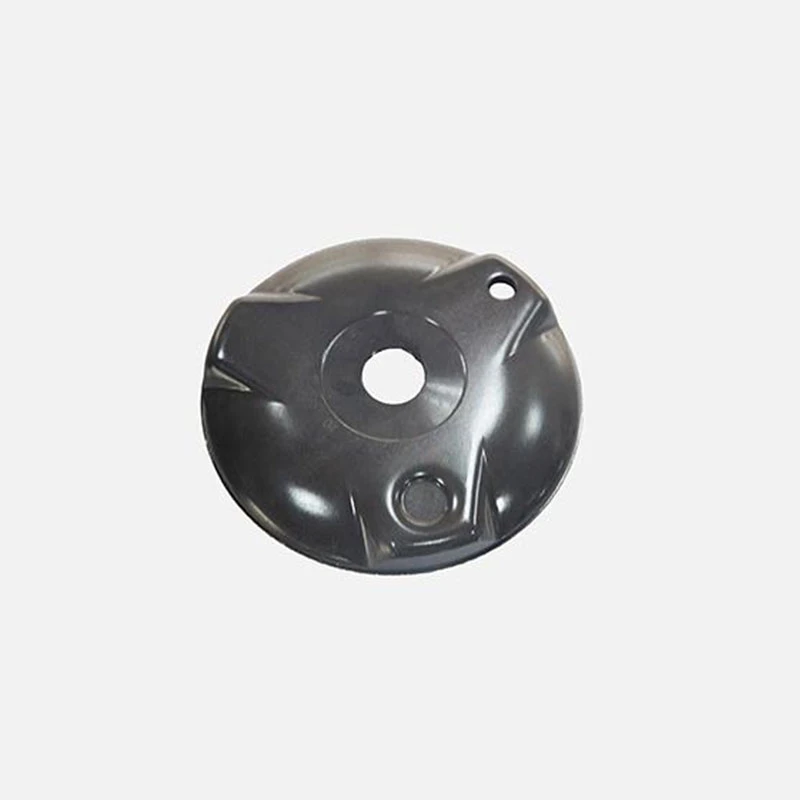what is sand casting used to make
What is Sand Casting Used to Make?
Sand casting, also known as sand mold casting, is a widely utilized metal casting process that has been around for centuries. Its versatility and adaptability make it a preferred method for producing intricate metal parts and components. The process involves creating a mold from sand and then pouring molten metal into it to form various objects. This article will explore the applications of sand casting and the types of products that are commonly manufactured using this technique.
Understanding Sand Casting
Before diving into what sand casting is used to make, it is essential to understand the basics of the process. Sand casting involves several steps
1. Pattern Creation A pattern, typically made of metal, plastic, or wood, is crafted to the desired shape of the end product. 2. Mold Making Sand mixed with a bonding agent (such as clay) is packed around the pattern to form a mold. Once the mold has set, the pattern is removed, leaving a cavity in the shape of the desired item. 3. Metal Pouring Molten metal is then poured into the mold through a sprue, filling the cavity created by the pattern. 4. Cooling and Finishing After allowing the metal to cool and solidify, the sand mold is broken away to reveal the cast metal object. Further finishing processes, such as machining or grinding, may be applied to achieve the required specifications.
Applications of Sand Casting
Sand casting is employed across various industries due to its ability to produce durable and complex shapes. Here are some common applications
1. Automotive Industry Sand casting is extensively used to manufacture engine blocks, transmission housings, and other automotive components. The ability to create intricate designs while maintaining strength and durability is essential in this industry.
2. Aerospace Components The aerospace sector relies on sand casting to produce complex parts, including turbine blades and housings. The lightweight yet robust structures achieved through this method are vital for improving aircraft performance.
what is sand casting used to make

3. Heavy Machinery Large equipment used in construction and agriculture often requires strong, durable parts that can withstand harsh conditions. Sand casting enables the production of large components, such as frames, brackets, and housings, which are critical in machinery.
4. Art and Sculptures Artists and sculptors frequently utilize sand casting to create unique metal artworks and sculptures. The freedom to experiment with various designs permits the creation of visually captivating and structurally sound pieces.
5. Marine Industry The marine sector uses sand casting for various components such as fittings, pumps, and engine parts that must resist corrosion from saltwater environments. Casting in materials such as aluminum and bronze enhances the durability and longevity of these products.
6. General Manufacturing Beyond specialized industries, sand casting is utilized in general manufacturing for everyday objects like hardware, tools, and household items. Its cost-effectiveness for low to medium production volumes makes it an attractive option for many manufacturers.
Advantages of Sand Casting
The effectiveness of sand casting is attributed to several advantages
- Cost-Effective The materials used, primarily sand, are inexpensive and widely available. - Flexibility Sand casting allows for large-sized parts to be molded and is suitable for various alloys, including iron, aluminum, and bronze. - Complex Shapes The process can create intricate designs and geometrical shapes that would otherwise be difficult to produce using other methods. - Large Batch Sizes Sand casting can accommodate both small and large production runs, making it versatile for various manufacturing needs.
Conclusion
Sand casting is an invaluable process in metal manufacturing, enabling the production of a vast array of products across numerous industries. From automotive components to artistic creations, the versatility and efficiency of sand casting continue to make it a preferred choice for manufacturers around the globe. As technology advances, the processes involved in sand casting will likely continue to evolve, opening up even more possibilities for innovation and creativity in metal casting.
-
OEM Sand Cast Pump Valve Fittings - Baoding Hairun | Precision Engineering, CustomizableNewsJul.30,2025
-
OEM Sand Cast Pump Valve Fittings - Baoding Hairun Machinery And Equipment Trading Co., Ltd.NewsJul.30,2025
-
OEM Sand Cast Pump Valve Fittings - Baoding Hairun Machinery And Equipment Trading Co., Ltd.NewsJul.30,2025
-
OEM Sand Cast Pump Valve Fittings - Baoding Hairun Machinery|Precision Engineering&Fluid ControlNewsJul.30,2025
-
OEM Sand Cast Pump Valve Fittings - Baoding Hairun Machinery And Equipment Trading Co., Ltd.NewsJul.30,2025
-
OEM Sand Cast Pump Valve Fittings-Baoding Hairun Machinery And Equipment Trading Co., Ltd.NewsJul.30,2025















